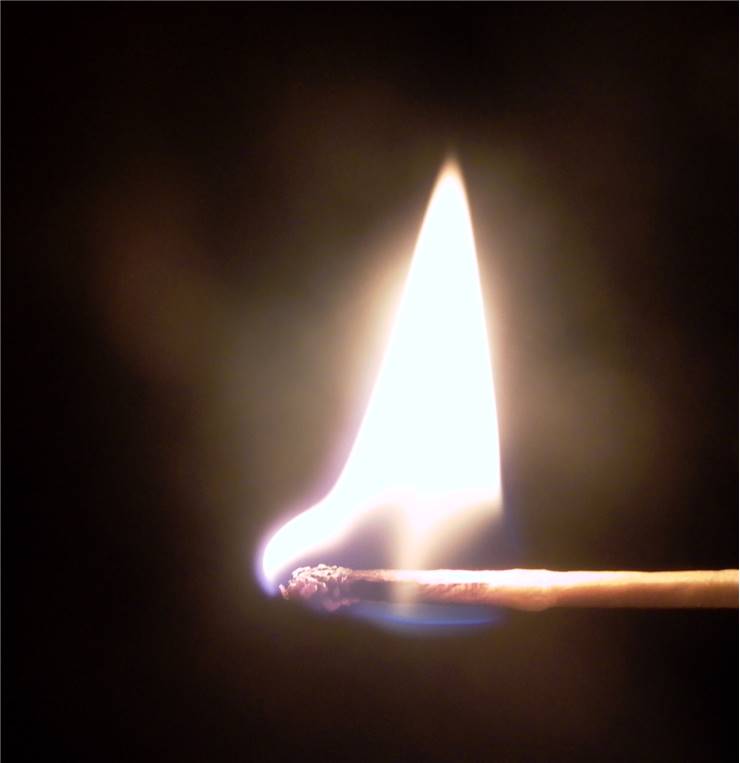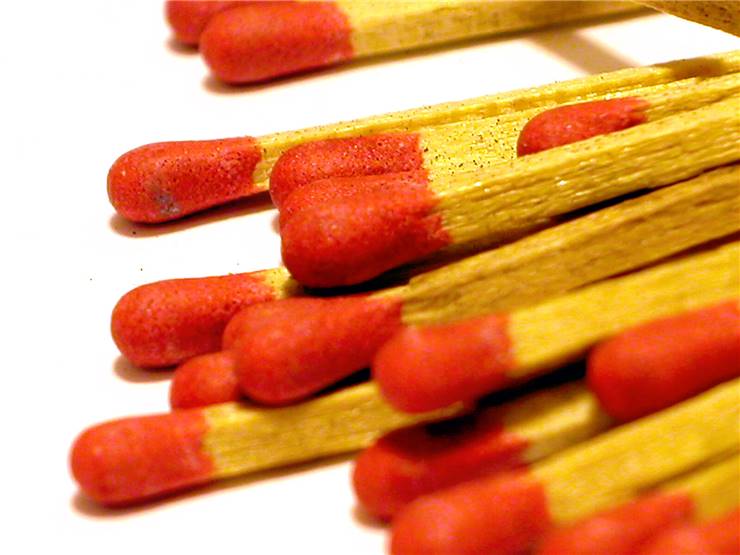Who Invented Matches? - Matches Inventor
Since the appearance of the first matches, humankind finally mastered the ability to control fire like never before. With instant access to fire, cheap price, small size and reliable use, matches and lighters enriched our history and the way of life. People who enabled us access to such wondrous devices were few and far between, but their efforts remain remembered in the history as very important moments that changed the way or societies work and evolve. Those inventors established base for modern match industry, and here is their tale.
First matches that were ever created did not have ability to create fire themselves, but were instead used to quickly enlarge smaller fires. By catching the tiniest spark, Chinese sticks coated with sulfur burned brightly, enabling quick forming of the traditional fire. This technique however never morphed into something that is usable today.

Hennig Brandt was the first chemist (he called himself alchemist) who discovered properties of Phosphorus in 1669. By discovering this substance and recording its properties, he enabled future scientists to implement it in their projects and tests. Brandt himself was disappointed with the discovery of phosphorus and he did not pursue its development, whishing instead to find the secret of transmuting various metals into gold.
Young Parisian Jean Chancel however was very interested into discovering easy to produce and safe to use wooden match. His 1805 method of causing violent chemical reaction that produced the fire consistent of dipping the wooden stick which was coated with mixture potassium chlorate, sulfur, sugar, and rubber into asbestos bottle filled with sulfuric acid. Even though his dangerous and toxic invention did not found much commercial use, it opened door for other inventors to step up and try to find more chemical friendly solution to the problem of fire matches.
This solution came from John Walker, English chemist who in 1826 discovered first “friction match”. He combined mixture of sulfur and other materials that were coated on the wooden stick, and rugged paper that was coated with phosphorus. By running the match between folded paper, sulfur would ignite and set the stick on fire. He managed to sell numerous matches of this design during the next few years, but it became apparent that his chemical formula was not suited for widespread use. Sulfur coated tip of the stick often burned so strongly, that it managed to detach from the stick and destroy carpets and dresses of people who used it.
Another big innovation in the history of matches came with the exploits of Charles Sauria, chemist who first managed to introduce mix white phosphorus in the match industry. Even though his mixture created during 1830s was incredibly potent and easy to ignite (even self-ignite), toxicity of white phosphorus caused outrage of people and government officials, who after several decade of use declared it banned.

Creator of the most popular match design in the word is Swede Gustaf Erik Pasch (1788–1862), who with Johan Edvard Lundström managed to form the “safety math” – easy to use, cheap, and non-toxic match that did not have capability of self-igniting. By putting the phosphorus coating on separated location, small matches with their now famous red heads became instant hit all around the world.
Today over 500 billion matches are used each year, which would not be possible without the efforts and ingenuity of all these inventors from our past.

